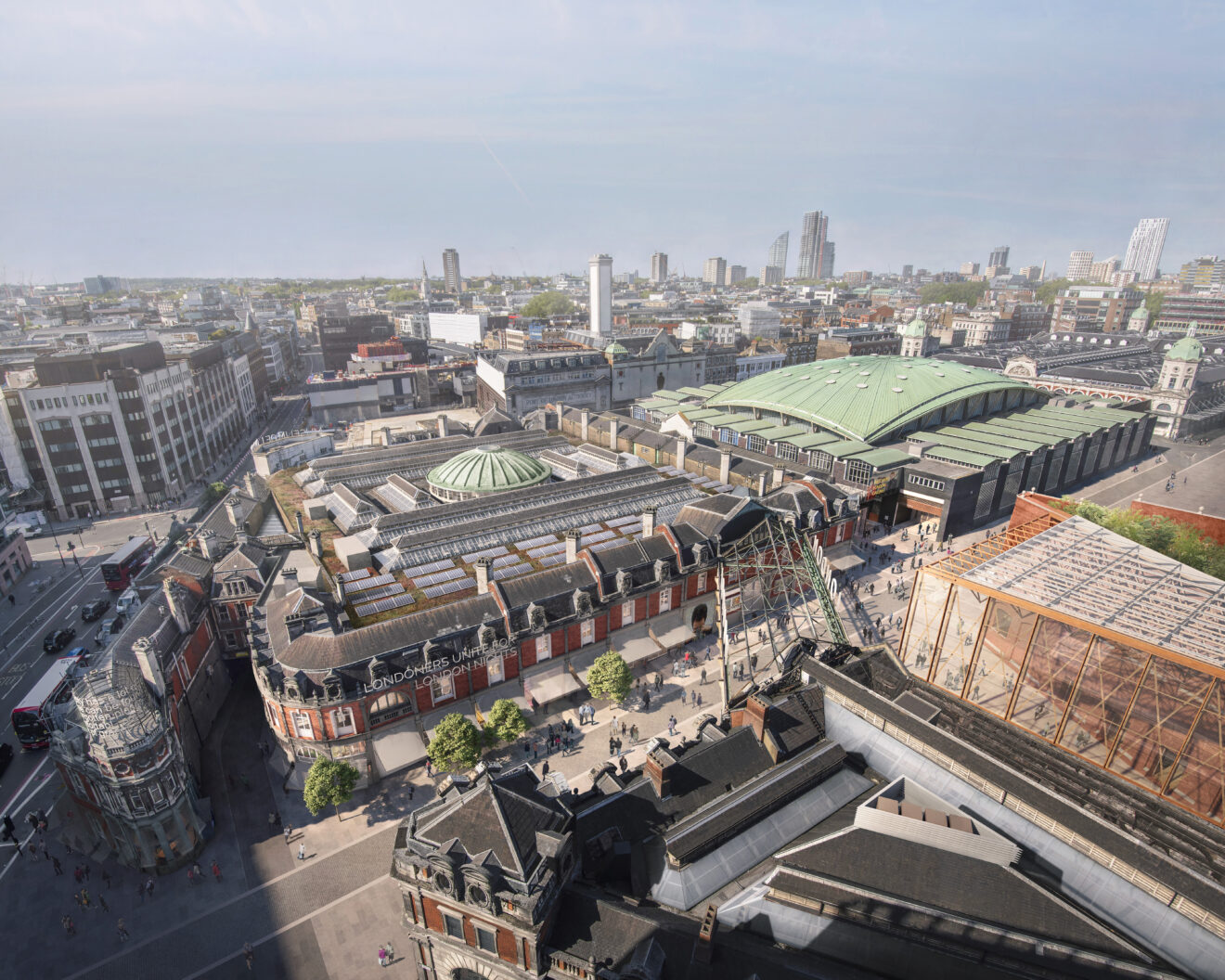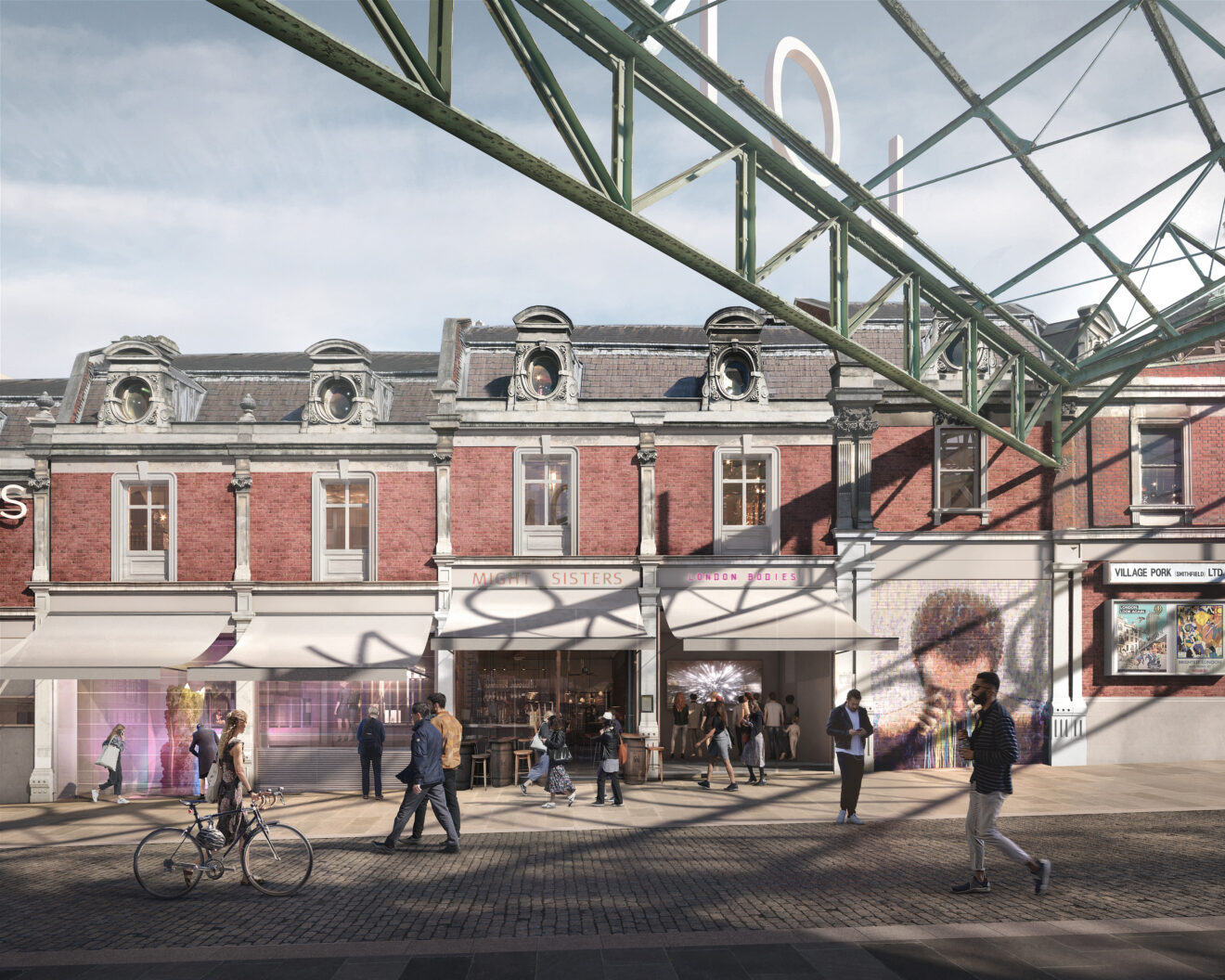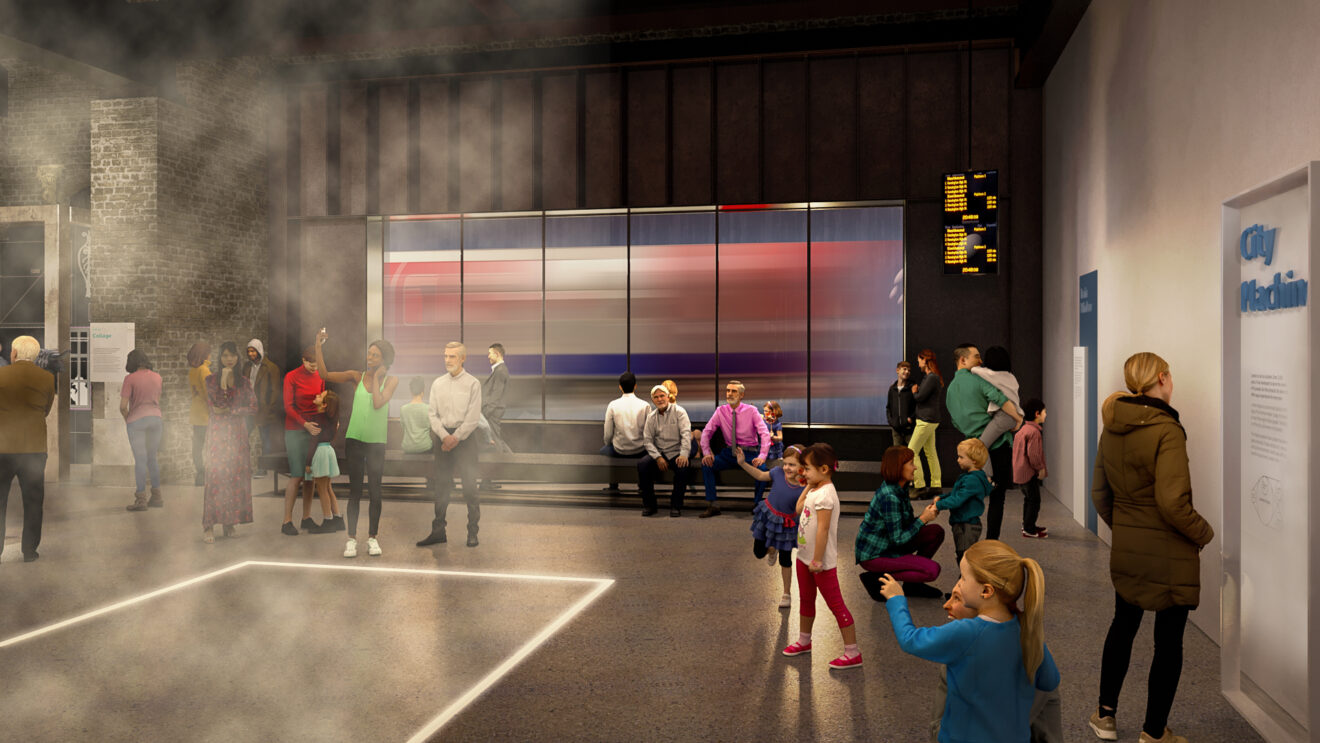As the countdown for the opening of the Museum of London’s new home at West Smithfield begins, and with preparation well underway, City Matters was invited to don a hard hat and get a behind-the-scenes look at how the building is coming along.
Led by Stanton Williams and Asif Khan Studio with Julian Harrap Architects, the site team has been working on the restoration of the existing historical market building, with contemporary interventions to enhance the visitors’ experience, to create the state-of-the-art London Museum.
The Museum of London, which will be renamed the London Museum from next year, will close its London Wall site to the public at the end of 2022 ahead of its grand reopening at West Smithfield in 2026.
If you can’t wait that long, in 2025 the site will host a festival curated by Londoners, giving Londoners a chance to see the architecture of the General Market building alongside music, art commissions, food and events inspired by London and all its people from the past, present and future.

Sadiq Khan, Mayor of London, said: “Culture is in the fabric of our city and for our economy to thrive we need ambitious creative projects to drive our recovery. The new London Museum will be a fantastic addition to our city, inspiring the next generation, attracting visitors from around the world and securing our position as a global creative capital. This project will also create jobs and support our city’s recovery and I’m proud to be investing in it on behalf of Londoners”
With all this excitement in mind, we jumped at the chance to take a tour of the building site and be guided by Alec Shaw, Director of New Museum Project and Estate, as he gave us an introduction to the museum’s new home. Here are some of our highlights:
After a quick introduction, we were guided up some narrow stairs to a small unassuming room. Lockhart’s Temperance Cocoa Rooms were originally created on the corner of the market as a place for people to enjoy a cup of hot chocolate after a long day. The Cocoa Rooms – a place which promoted abstinence during the 19th Century – will be brought back to life with restored original tiles and will be the perfect place to enjoy a warming drink after a day at the museum.

The original building is full of history. Designed by City Architect Sir Horace Jones (Tower Bridge and Leadenhall Market), the market was opened in 1875. After a major fire in 1958 and further updates, the General Market was built in 1883 and the Annexe Market in 1888.
With age comes damage, and another major one being water damage. The building has even collapsed during restoration from the effects of rain over the years. On our tour you could see where the developers have begun to repair the stonework from the outside ‘crust’ and slowly and respectively working their way into the centre of the roof.
NOW READ: Guildhall Art Gallery to reopen with new exhibition
New structures and techniques are being used to rebuild the museum’s new location, but some of the original features are luckily staying behind. On top of the famous large dome, we will also see the gigantic ‘Phoenix Columns’ in the centre of the main building remain. Made with manipulated iron, rather than cast iron, the column is stronger and can hold greater weights, allowing them to stay behind and continue to carry the structure in more ways than one.
After climbing the scaffolding, we were directed to the front of the market where the main entrance will be. And, like the original market, the throughway will let passing traffic come through with shops and cafes gracing the sides. All open to the public without having to enter the museum, which will keep the market’s essence alive.

Lots of mini projects came out of the main project, including the ever-exciting train viewing window. Because of the new Queen Elizabeth line passing underneath the building, making the museum even more accessible, the museum’s basement will now be home to a viewing window so you can watch the train go past in real-time!
An important part of the museum will be the learning spaces, where lectures and shows will be delivered and performed to school groups. What’s more, the larger site will be able to show off more collections than before and rotate collections more often.
Finally, as part of the masterplan for the West Smithfield development, The London Museum plans to further extend its footprint into the adjacent Poultry Market, offering new exhibition space for a rolling programme of temporary exhibitions.
It was an incredible experience to see how the London Museum’s West Smithfield site was advancing and the plans are getting us excited for its official opening 2026.
For more information on exhibitions at the current Museum of London, visit museumoflondon.org.uk
For the latest headlines from the City of London and beyond, follow City Matters on Twitter, Instagram and LinkedIn.







